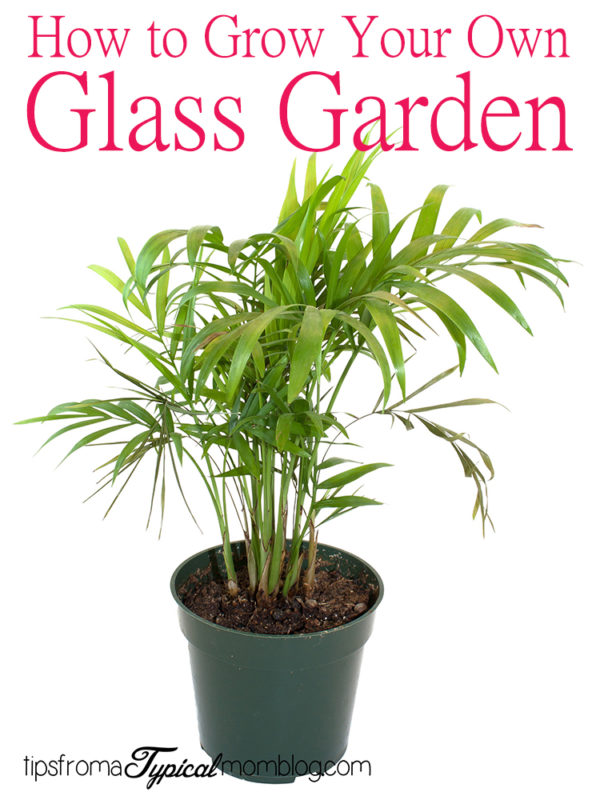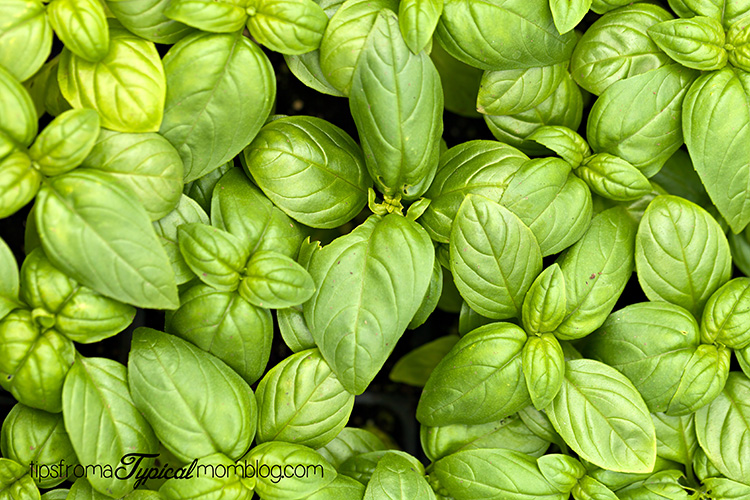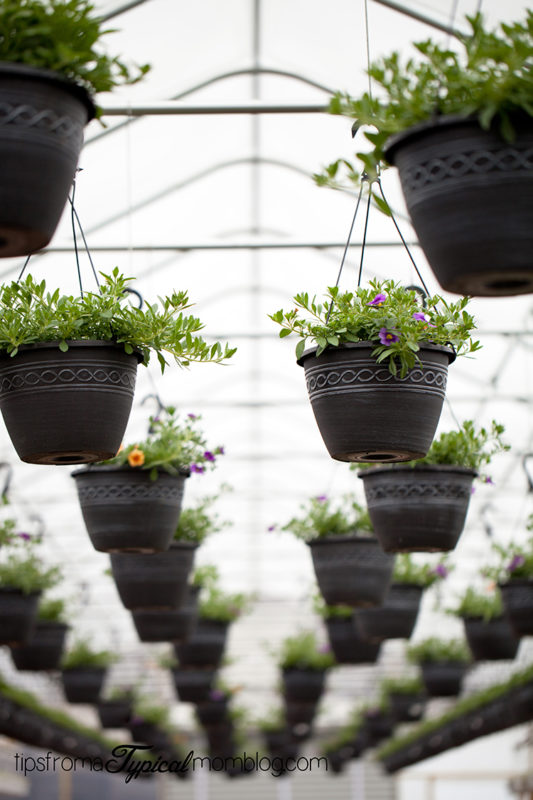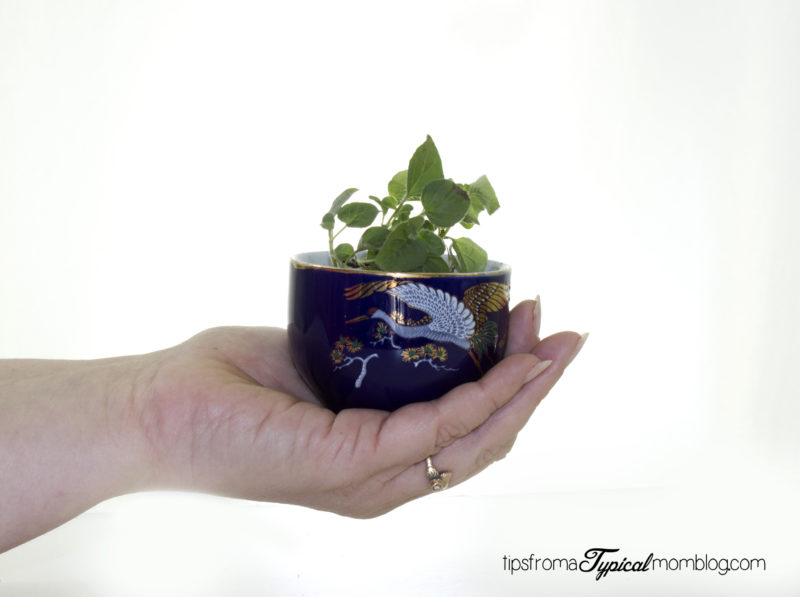Spring just makes me really want to get outside and start digging in the dirt. But, when we were renting, it wasn’t quite that simple for me. I didn’t have my own yard to do with what I pleased. I really missed having a garden to grow my herbs in and to teach my kids how to garden. I love being able to teach my kids about where their food comes from, so I got creative and grew them indoors in “Glass Gardens”. Apartment dwellers can still have fresh herbs and vegetables also by using these creative ideas to create their own garden space.

There are many reasons for having a garden in glass in your home. Indoor plants help improve the air in your home by releasing oxygen. Indoor plants also improve your mood, feeling like you’re connected with nature. Your glass garden may vary from a few plants in a window to shelf to a specially built bay window with waterproof floor, metal plant shelves, and special blinds and ventilators.
You can spread your garden all over your house. In the bathroom for plants who love humidity, in the kids room with whimsical plants (make sure they are kid safe though), or in your kitchen where you grow all your herbs. You can grow living bouquets in your living room and enjoy fresh flowers all year long. Miniature gardens and terrariums are a lot of fun for the kids to design.

Here are some tips for getting started with your “Glass Gardens”:
- First and foremost, ARE THEY SAFE FOR KIDS AND PETS? You do not want plants in your home that are dangerous for your kids or pets. You and I both know that babies and puppies put everything in their mouth and if a leaf falls off the plant and to the floor, you don’t want your baby or puppy finding that.
- Learn what kind of growing conditions your plants need. Do they need to be watered more or less often? Do they need full sunlight, part sun, or no sun? How do they need to be fertilized? How do I trim them properly.
- What kind of pots do my plants need and how do I pot them? Almost any type of pot will work. But make sure they have a good drainage hole and a bowl or saucer to catch the excess water. Most plants also do better in slightly smaller pots where the roots can fill the entire pot.
- Use the right kind of soil. Indoor plants thrive in a mixture of one half garden soil, one quarter sand and one quarter peat moss, humus or leaf mold. You can get these at most greenhouse stores. Add some rocks to the bottom of the soil for good drainage.
- Each plant has different needs when it comes to fertilization. Flowering plants usually need the most. At first, try a complete fertilizer containing all plant food elements. This should be applies near the step right after watering and the soil is loosened.
- How often should I water my plants? Most plants cannot stand continually soggy soil at their roots. Many may be dried out almost completely without harm. Do not drown your plants. Most plants need watering when the soil is dry to the touch. If the water runs through the pot immediately, due to cracks in the soil, set the plant in a pail of water. You can also spray your plants with a bulb sprayer to keep the leaves moist and it helps remove dust.
- Did you know your indoor plants need fresh air, just like humans do? Every once in a while the room should be aired by opening a window or door. But make sure that direct drafts or cold air should be avoided.
- Make sure your plants are getting ample light from the sun or artificial sources made especially for green houses. Most plants can not get too much of it. So give your plants all the light you can. And make sure to turn them every so often to let the other side of the plant bask in the sunlight.

Now let’s talk about the type of plants that thrive indoors:
- Flowering Plants. Begonia, geranium, aaleas, pointsettia, hydrangea, and balsam are just a few.
- Bulbs. Forced bulbs are fun to grow indoors. Callas, hyacinth, daffodils, lilly of the valley, crocus, and others old and new.
- Foliage Plants. Many glass garden plants are grown for their colorful of interesting foliage. These include ferns and vines, palms, evergreens, and herbs. Many to choose from here.
- Cacti. These are extremely popular because they stand high temperatures and a dry atmosphere. There are very any types, many shapes and sizes, but they rarely bloom under house conditions.
- Perennials. A few perennials, such as pinks, gaillardias, and chrysanthemums, bay me used as house plants.
No matter what you decide to grow in your “glass garden” just make sure they are plants that you and your children love. You will have a great time teaching your kids to care for these plants. And if you decide to grow vegetables and herbs your kids will absolutely love eating the recipes you create from them. It gives them a sense of ownership and pride.

What are some of the plants you grow in your “glass gardens”?


Leave a Reply